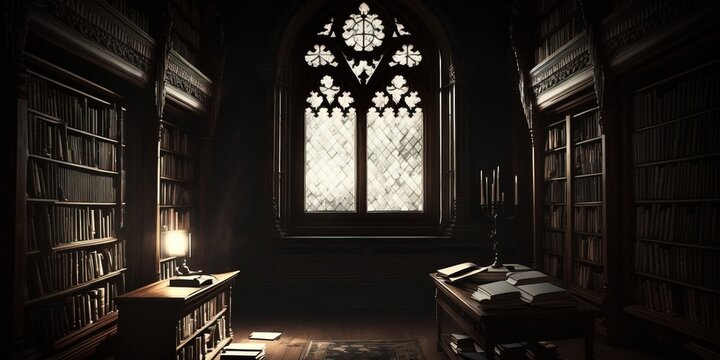
FAQ About Gothic Literature
Gothic Literature
2 years ago | gizem
What are some classic examples of Gothic Literature?
Gothic Literature has a rich history with many classic examples that have left a lasting impact on literature and popular culture. Here are some classic works of Gothic Literature:
- "The Castle of Otranto" by Horace Walpole (1764): Often considered the first Gothic novel, this work introduces many of the genre's conventions, including a mysterious castle, supernatural elements, and emotional intensity.
- "The Mysteries of Udolpho" by Ann Radcliffe (1794): Radcliffe's novel is a prime example of the Female Gothic tradition and features a young heroine trapped in a remote castle filled with mysteries and terrors.
- "Frankenstein; or, The Modern Prometheus" by Mary Shelley (1818): This novel, often regarded as a groundbreaking work of both Gothic and science fiction literature, explores the consequences of scientific experimentation and the creation of life.
- "Dracula" by Bram Stoker (1897): Stoker's iconic novel introduces the vampire Count Dracula and is a cornerstone of Gothic literature, blending elements of horror, romance, and the supernatural.
- "Jane Eyre" by Charlotte Brontë (1847): Although primarily a romance novel, "Jane Eyre" incorporates Gothic elements, including a gloomy mansion, a mysterious past, and a Byronic hero.
- "Wuthering Heights" by Emily Brontë (1847): This dark and passionate novel is set on the eerie moors and explores themes of love, revenge, and the supernatural.
- "The Monk" by Matthew Lewis (1796): Known for its sensational and scandalous content, "The Monk" features a protagonist's descent into corruption and madness.
- "The Fall of the House of Usher" by Edgar Allan Poe (1839): This short story is one of Poe's most famous works, featuring a decaying mansion and themes of madness and death.
- "Carmilla" by Sheridan Le Fanu (1872): A pioneering vampire tale, "Carmilla" is known for its exploration of forbidden desires and its influence on vampire fiction.
- "Rebecca" by Daphne du Maurier (1938): A modern classic, "Rebecca" is a psychological thriller with a haunting atmosphere and a grand mansion as its central setting.
- "The Picture of Dorian Gray" by Oscar Wilde (1890): This novel explores themes of decadence, moral corruption, and the consequences of aesthetic obsession.
- "The Haunting of Hill House" by Shirley Jackson (1959): A classic in the haunted house subgenre, this novel explores psychological horror within a mysterious mansion.
- "Melmoth the Wanderer" by Charles Maturin (1820): Known for its dark and Gothic themes, this novel follows the cursed wanderer Melmoth through time and space.
